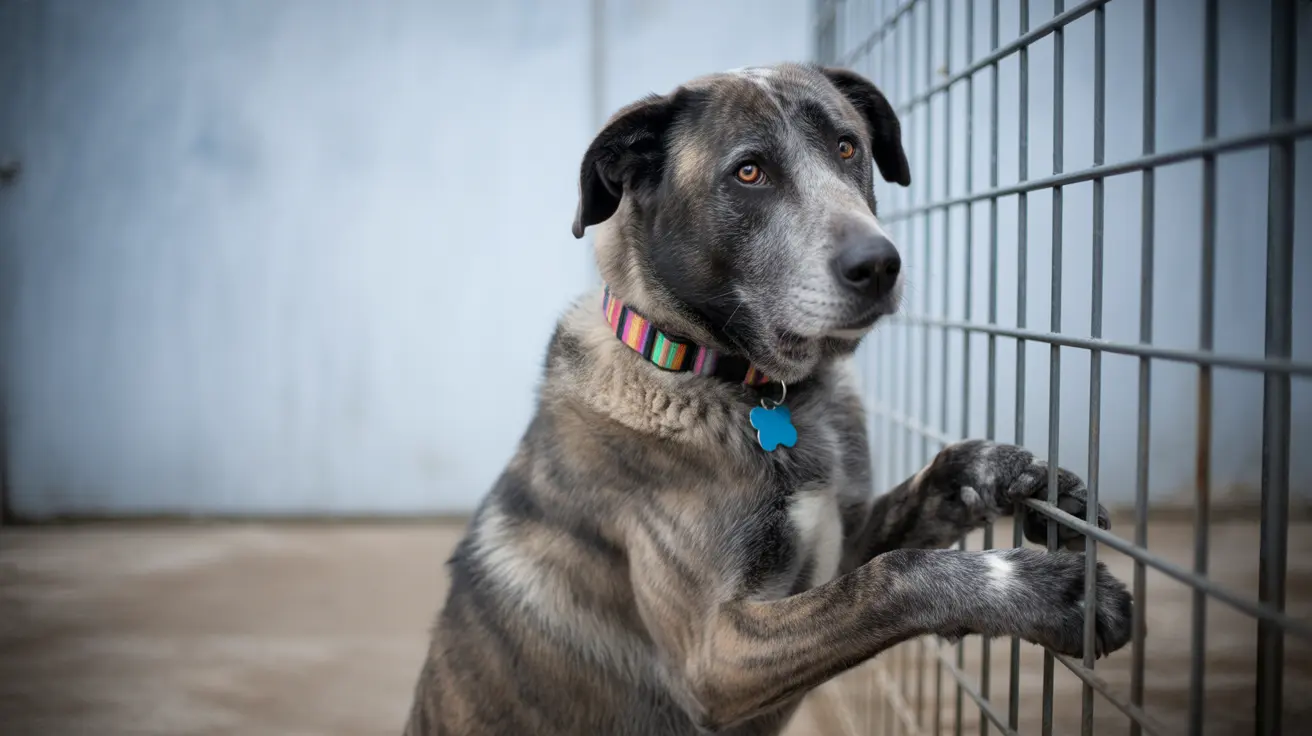If you've noticed your cat acting unusually nervous, hiding more often, or displaying destructive behaviors, they might be experiencing anxiety. Anxiety in cats is a complex condition that affects many felines, potentially leading to significant changes in their behavior and overall well-being. Understanding this condition is crucial for providing the support your cat needs.
As responsible pet owners, recognizing the signs of anxiety in cats and knowing how to address them can make a substantial difference in your pet's quality of life. Let's explore the various aspects of feline anxiety, from identifying symptoms to implementing effective management strategies.
Common Signs of Anxiety in Cats
Cats experiencing anxiety often display various behavioral and physical symptoms that shouldn't be ignored. These can include:
- Excessive grooming or lack of grooming
- Inappropriate urination or defecation
- Increased vocalization
- Destructive behavior
- Changes in appetite
- Hiding or excessive clinginess
Physical manifestations might include dilated pupils, flattened ears, and excessive shedding. These signs often appear gradually and may worsen if the underlying anxiety isn't addressed.
Understanding the Triggers
Several factors can contribute to anxiety in cats, including:
Environmental Changes
Cats are creatures of habit, and even minor changes in their environment can trigger anxiety. This includes moving to a new home, rearranging furniture, or introducing new pets or family members.
Past Trauma
Cats who have experienced traumatic events, such as abuse or abandonment, may develop long-term anxiety that requires special attention and care.
Medical Issues
Physical ailments can cause or exacerbate anxiety. Always consult with a veterinarian to rule out underlying health conditions that might be contributing to your cat's anxiety.
Effective Treatment Approaches
Environmental Enrichment
Creating a stimulating environment helps reduce anxiety by providing outlets for natural behaviors. Consider adding:
- Vertical spaces for climbing
- Multiple scratching posts
- Interactive toys
- Hiding spots and quiet areas
Behavioral Modification
Working with your cat to build confidence and reduce anxiety involves:
- Consistent daily routines
- Positive reinforcement training
- Gradual exposure to anxiety triggers
- Regular play sessions
Professional Support
In some cases, professional intervention may be necessary. This might include:
- Veterinary consultation
- Behavior specialist guidance
- Prescribed anti-anxiety medications
- Natural calming supplements
Creating a Stress-Free Environment
Maintaining a calm home environment is crucial for managing anxiety in cats. This includes:
- Providing multiple resources in multi-cat households
- Establishing quiet zones away from household activity
- Using pheromone diffusers in key areas
- Maintaining consistent feeding and play schedules
Frequently Asked Questions
How do I recognize the signs of anxiety in my cat?
Look for changes in behavior such as excessive grooming, inappropriate elimination, increased vocalization, hiding, aggressive behavior, or changes in appetite. Physical signs may include dilated pupils, flattened ears, and excessive shedding.
What are the most common causes of anxiety in cats?
Common causes include environmental changes, trauma, lack of socialization, separation from owners, introduction of new pets or family members, and underlying medical conditions.
How can I help reduce my cat's stress and anxiety?
Provide a consistent routine, create safe spaces, use environmental enrichment, maintain regular play sessions, and consider anxiety aids like pheromone diffusers. Some cats may benefit from veterinary-prescribed medications.
Can pheromone diffusers like Feliway really help calm anxious cats?
Yes, many cats respond positively to pheromone diffusers. These products mimic natural cat pheromones that promote feelings of security and comfort, though effectiveness can vary between individuals.
How can I differentiate between anxiety and illness in my cat?
While anxiety and illness can share similar symptoms, illness typically involves additional physical signs like changes in eating, drinking, or litter box habits. Always consult a veterinarian to rule out medical conditions when behavior changes occur.
By understanding and addressing anxiety in cats promptly, you can help your feline companion lead a happier, more balanced life. Remember that each cat is unique, and finding the right combination of treatment approaches may take time and patience.






